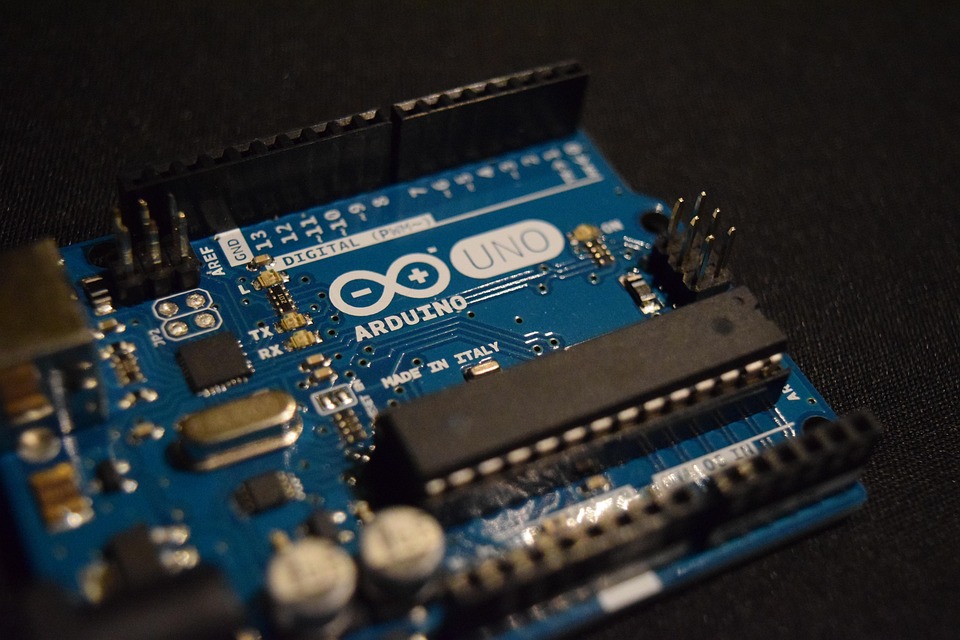As we stride deeper into the digital age, the Internet of Things (IoT) continues to reshape our daily lives. From smart home devices and wearables to industrial sensors and connected vehicles, these technologies offer incredible convenience and efficiency. However, this increasing connectivity also raises significant security challenges that must be addressed to protect users and their data.
Understanding the IoT Landscape
IoT encompasses a vast network of interconnected devices that communicate and exchange data over the internet. By 2025, it is estimated that there will be over 75 billion IoT devices globally. This rapid expansion amplifies the risks associated with unauthorized access, data breaches, and cyber-attacks. Each connected device can act as a potential entry point for malicious actors seeking to exploit vulnerabilities.
The Security Risks Associated with IoT Devices
-
Inadequate Security Protocols: Many IoT devices are designed with usability in mind rather than security. Consequently, they often come with weak default passwords, lack robust encryption, or do not receive regular firmware updates. This negligence makes them easy targets for hackers.
-
Data Privacy Concerns: IoT devices collect vast amounts of personal data, from health information to location tracking. The misuse of this data can lead to identity theft, unnecessary surveillance, and numerous privacy invasions.
-
Botnet Threats: Compromised IoT devices can be harnessed to form botnets—networks of hijacked devices that are used for large-scale attacks, such as Distributed Denial-of-Service (DDoS) attacks, which can incapacitate entire online services and platforms.
- Insufficient User Awareness: Many consumers lack an understanding of the risks associated with IoT devices. As a result, they may inadvertently expose their devices to risks through careless usage—like connecting to unsecured networks or neglecting software updates.
Solutions for Securing IoT Devices
1. Implement Strong Authentication Mechanisms
One of the fundamental steps in securing IoT devices is to employ strong authentication methods. This includes encouraging users to change default passwords, utilizing two-factor authentication, and supporting biometric verification where applicable. Manufacturers should also consider designing devices that enforce strict password policies.
2. Keep Software Updated
Manufacturers must prioritize the regular release of security patches and firmware updates. Users need to be educated on the importance of installing these updates promptly to guard against emerging vulnerabilities. In addition, devices should be designed for easy update processes to minimize user friction.
3. Encrypt Sensitive Data
Data encryption is critical in securing information transmitted to and from IoT devices. By encrypting communications, manufacturers can protect user data from interception during transmission. This is especially crucial for devices managing sensitive health or financial information.
4. Foster User Awareness and Education
A more informed user base can significantly enhance IoT security. Companies can collaborate with consumer education programs to provide accessible information regarding best practices for securing devices, recognizing phishing attempts, and maintaining privacy.
5. Employ Network Segmentation
Creating separate networks for IoT devices can help mitigate risks. For example, maintaining a dedicated network for smart home appliances can prevent compromised devices from gaining access to more sensitive personal networks, like those housing personal computers and smartphones.
6. Design for Privacy
Privacy by design is an important principle that manufacturers should adopt. This involves integrating robust privacy protection measures into the product development lifecycle to ensure user data is collected, stored, and processed with the utmost security considerations in mind.
Conclusion
As IoT devices become increasingly entrenched in our lives, the security challenges they pose cannot be ignored. By implementing comprehensive security measures, educating users, and fostering a collaborative approach between manufacturers, consumers, and regulatory bodies, we can cultivate a safer connected world. The responsibility to safeguard these devices lies with all stakeholders—not just manufacturers, but also users who must take an active role in protecting their digital environment. In a world where connectivity is paramount, ensuring the security of IoT devices is not just a challenge; it is a necessity.


